Making every moment matter in early years' environments
"Adults admire their environment: They remember it and think about it—but a child absorbs it. The things he sees are not just remembered, they form a part of his soul. He incarnates in himself all in the world about him that his eyes see and his ears hear." - Maria Montessori
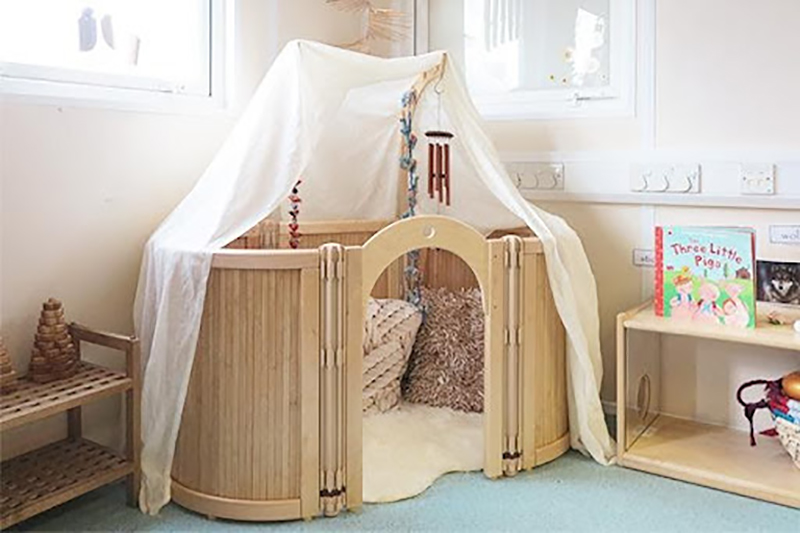
There are times when I have the extremely good fortune to pick up my grandchild from preschool. Once buckled up in the car, our conversations go much like this:
Grandma: How was your day? Fine.
What did you do? Played.
Who did you play with? My friends.
What did you play? Nothing much.
What did you like best? Everything.
Finally, entirely out of patience with my barrage of questions, Sierra says (with much indignation): “Grandma—it was just an ordinary and regular day”.
Now, I know for a fact that her day was a far cry from being ordinary because I could see the mud on the bottom of her boots, grass stains on her jeans, and a bag of autumn leaves and sticks on the back seat of the car that she had gathered. To a child who attends a nature preschool and spends most of her time outside trampling and playing in the woods, I guess that particular day could seem pretty ordinary to her. Looking back on the conversation, however, I would wager a new guess: the time Sierra spent exploring and playing in the woods are moments that have shaped and defined the borders of her childhood. As a grandmother, I need to remember this: her regular and ordinary day at nature preschool was a succession of moments. And, the beauty of her life—and all our lives—is captured in these everyday moments.
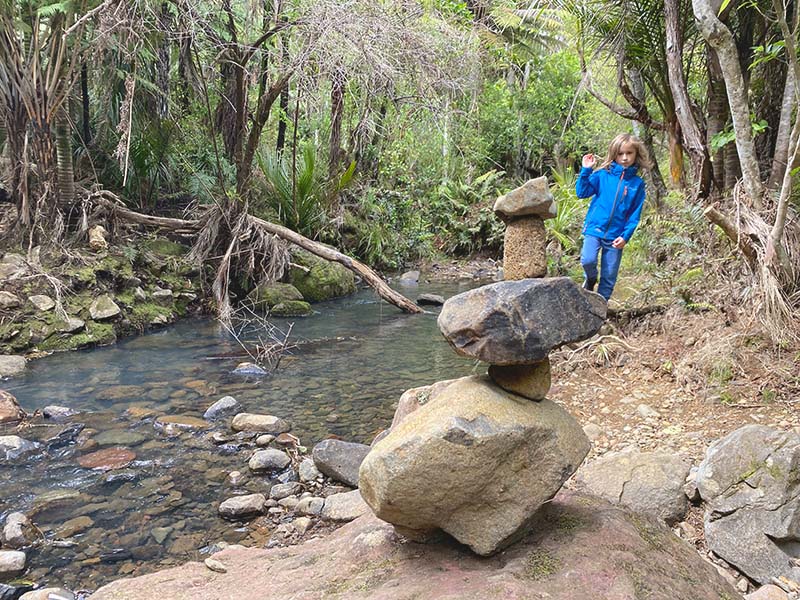
Everyday moments
Life is often said to be a series of seconds, minutes, hours, weeks, years, and centuries. It is also said that true happiness in life occurs in those extraordinary moments—the moment you fell in love, the second your child was born, the moment your hand touched the diploma, or the split-second moment it took to open the door of your first home. Although these moments will always be remembered as special and cannot be denied, there is also value in an ordinary day—like Sierra’s regular day.
Early childhood classrooms are filled with everyday moments, such as coming into the classroom in the morning or leaving at the end of the day; washing hands and eating lunch; going outside and coming back in; saying goodbye to a parent in the morning and hello to grandpa in the afternoon; taking learning materials off the shelf and playing with them, cleaning up, and putting the materials back where they belong; and, gathering on the cozy rug for conversations, songs, and stories. Indeed, within the context of these ordinary moments, young children begin to make sense of their world. In these small moments, children experience the cumulative effect of repeated rituals and routines, which have a lasting impression. These everyday moments will endure for a lifetime and, therefore, important for early childhood educators to capture and discover how to transform these everyday moments into extraordinary ones.
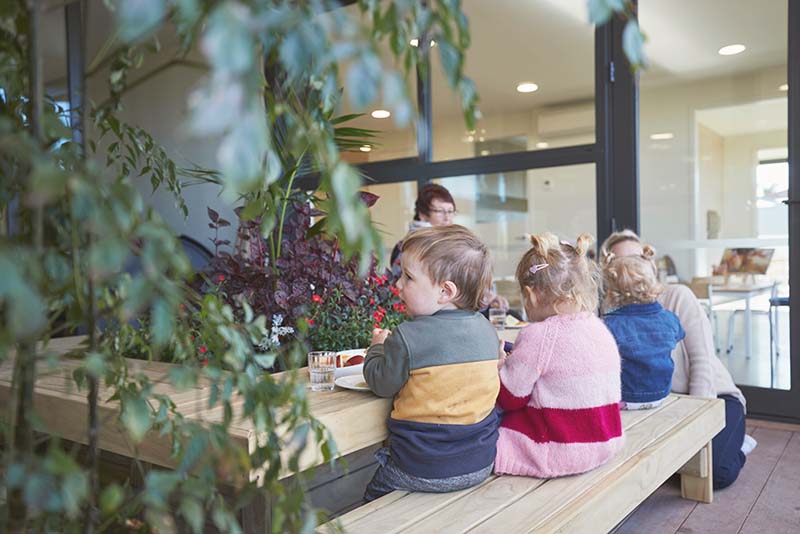
Live in the moment
Children live in the moment, in the here-and-now. They are more interested in what is right beneath their feet than what is across the street. They are not too interested in the future because small children cannot grasp the abstract concept of time. They are interested in this very second, this very moment. On the other hand, adults may struggle to live in the moment and find it equally challenging to savour the everyday, regular, and repetitious events in our lives. For children to have more than ordinary and routine moments in the day, adults need to recognise and provide environments that promote and relish the power of everyday moments. To get started, try these ideas.
1. Curiosity table: a moment of invitation
Place a small table near the entryway to the classroom. Position the table so it is easily visible from the door and children have a clear view of its contents. The curiosity table is an invitation to come in, an invitation to engage, an invitation to discover actively. The goal of the curiosity table is to provide a moment of invitation—to provoke children’s interest, pique curiosity about the interesting objects placed there, and ignite their minds and bodies, so they experience a moment of invitation into the classroom.
The curiosity table works best when objects are highly provocative, incredibly interesting, and uniquely novel. That all sounds very complex and time-consuming, so how do you do all that? Here are some tips to get you started:
- Aesthetically pleasing display. Collect, arrange, and display materials in meaningful and purposeful ways. Do not burden the table with clutter; instead, select a few items to position on the table purposely. Artfully display the selected items by using easels, interesting containers, and trays.
- Authentic & unique objects. Intentionally select objects for the curiosity table that are unique—objects that would delight and spark children’s curiosities. Seek out authentic objects rather than plastic. Find novel-to-the eye objects. An old-fashioned metal door handle or knob found at a neighbourhood estate sale is fascinating for children to explore and manipulate. Or, how about just some plain ole’ everyday door handles and hinges? While it is true that most young children have noticed door handles and hinges in their daily lives, seeing the objects not attached to a door is uniquely different. It might begin a whole new exploration of doors, handles, knobs, and hinges.
- Mother Earth’s bits & pieces. Young children are innately curious about the natural world. Use the riches of Mother Earth to provide exciting objects for the curiosity table. Natural objects are delightfully interesting, amazingly open-ended, and wonderful to touch and manipulate. And, the number of natural objects you can easily collect for children’s explorations is infinite. Just walk outside and see what you can find!
If you do not have a suitable table or enough space, try using a curiosity basket. A medium-sized basket with low sides works best because children can easily view its contents. To give the curiosity basket importance, place it on a small rug. Woven or braided rugs are more visually appealing and a good option. Also, wooden placemats or thick table runners work great. To avoid slippage, add a sticky mat under the placemat, table runner, or rug.
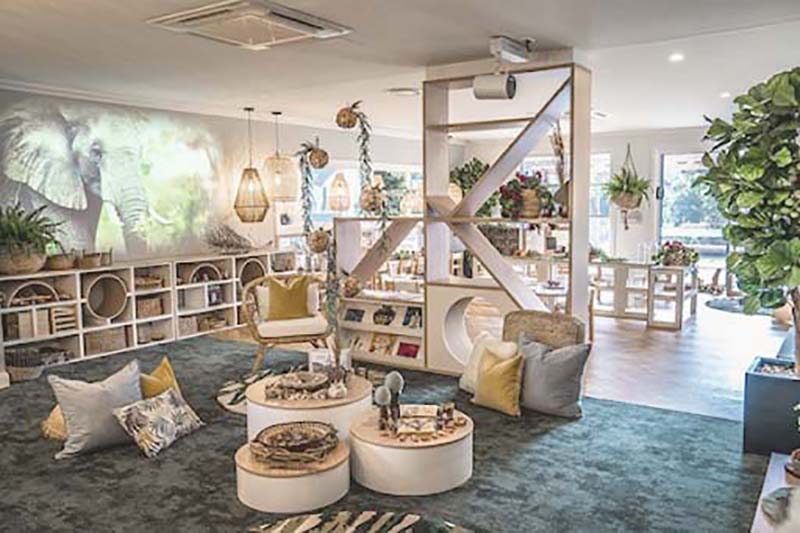
Layered curiosity tables at Harmony Everton Park.
2. Soft, cosy sofa: a moment to pause
Too often, the early childhood classroom’s atmosphere is emotionally unstable. Many classrooms are fast-paced, frantic, and sometimes boisterous. The emotional environment, which refers to the whole mood or atmosphere, is certainly not calm. While it may be impossible to create a relaxing environment, it is quite possible to provide moments for both children and adults to pause.
Warm and inviting welcome areas give opportunities to pause. These comfy and soft areas are especially effective when positioned near the classroom doorway and can be used as an invitation to come in. They also signal that families are valued, and children are appreciated by acknowledging the importance of the transition from home to school. Setting out children’s portfolios, family photos, and displays where children can see current topics and interests in the classroom provide meaningful connections for talking and sharing ideas with their friends and family.
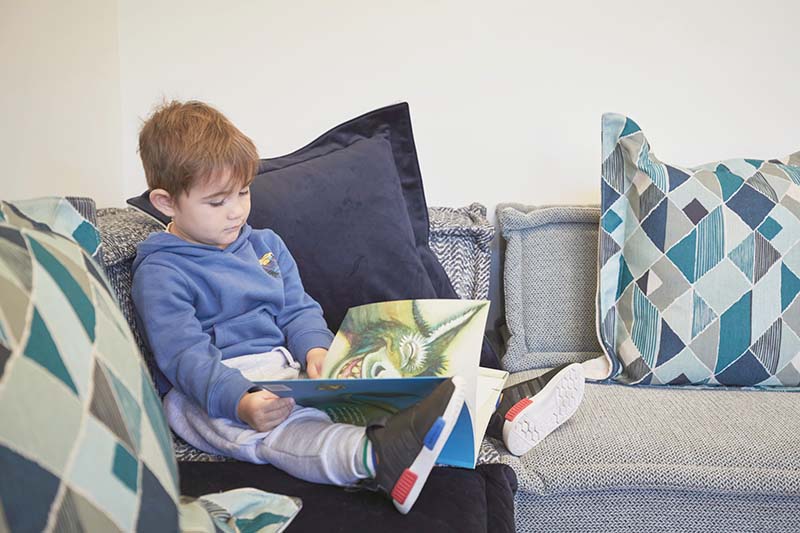
Cosy space for children to slow down and take a moment at New Shoots Children’s Centre, Bayfair. Photo by Amanda Aitken Photography.
3. Welcome & goodbye rituals: a moment to connect
One of the common everyday moments in a classroom is welcoming children and saying goodbye at the end of the day. These are perfect times to capture the power of a moment. Take a look at the following ideas for powerful moments of connection.
- Welcome Stones. Each child (or family) has a unique stone to call their own. As each child enters the classroom, they find their unique family stone and place it in a basket. Placing the stone in the basket symbolises the transfer from the family to the early year’s environment. When leaving for the day, the family stone is removed from the basket to represent the moment of departure.
- Walking Sticks. Use walking sticks as a powerful moment to connect at the beginning of the day. When children arrive in the classroom, they find their own personally designed walking stick and move it to a designated spot. Transferring the walking stick is a ritual denoting the moment of entry, the transition from their outside world to the classroom.
- Family Blocks. For a weekend project, send home white cardboard blocks (available at craft stores) for children and parents to create as a family. Do not give them specific directions on what to do with the blocks. Just tell them to have fun, use their creativity, and create a block representative of their family. Once returned, the blocks can be used for denoting the moment a child arrives into the classroom. When a child comes into the space, she can find her family’s block and put it in a special place to celebrate her moment of arrival.
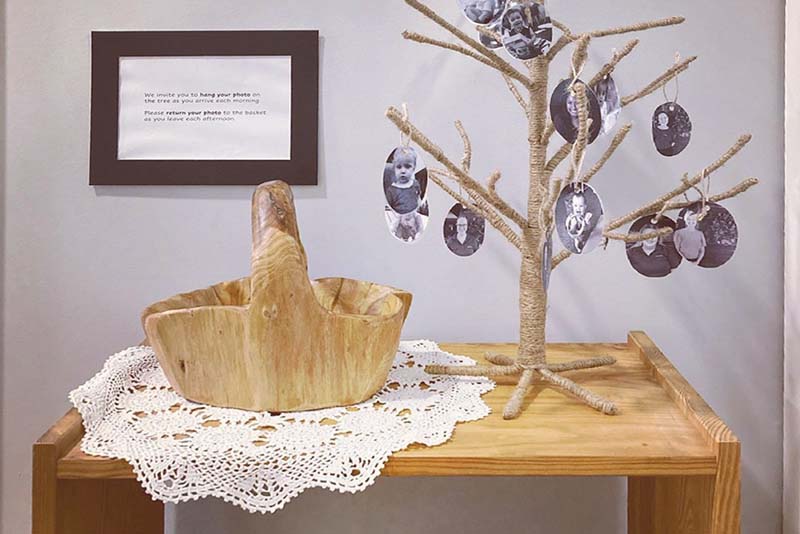
Welcome ritual at Harmony, Everton Park, where children and families can pause for a moment and get ready for their day.
It is essential to make every moment matter in the early year’s setting. Take a moment to think about how everyday moments can be transformed into extraordinary moments for young children, and watch the magic begin.
“ENHANCE the amazing potential and MAGIC of today’s small everyday MOMENTS.” - Zina Harrington
![]()
Blog reposted from Community Playthings - The Power of Every Day Moments
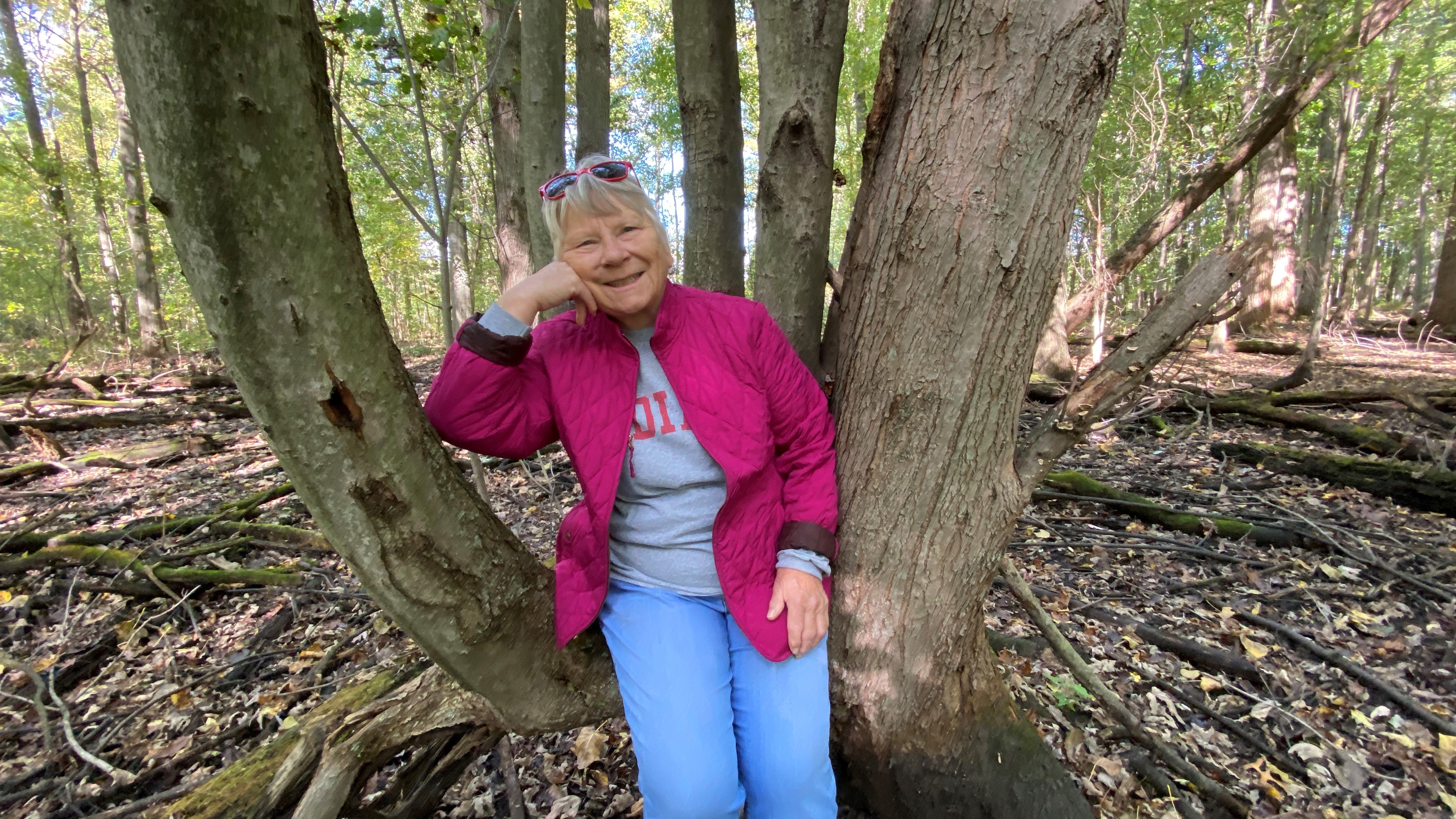 Sandra Duncan
Sandra Duncan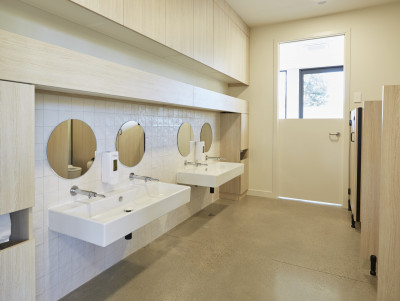
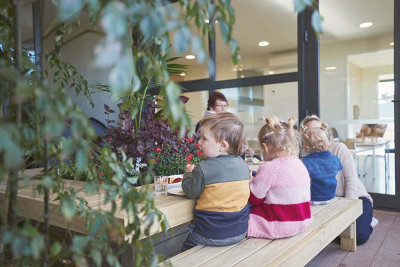
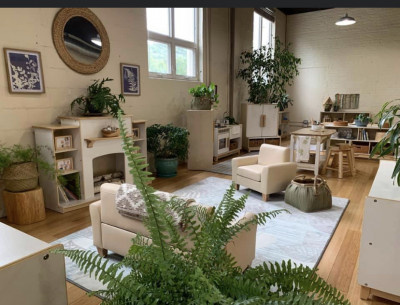
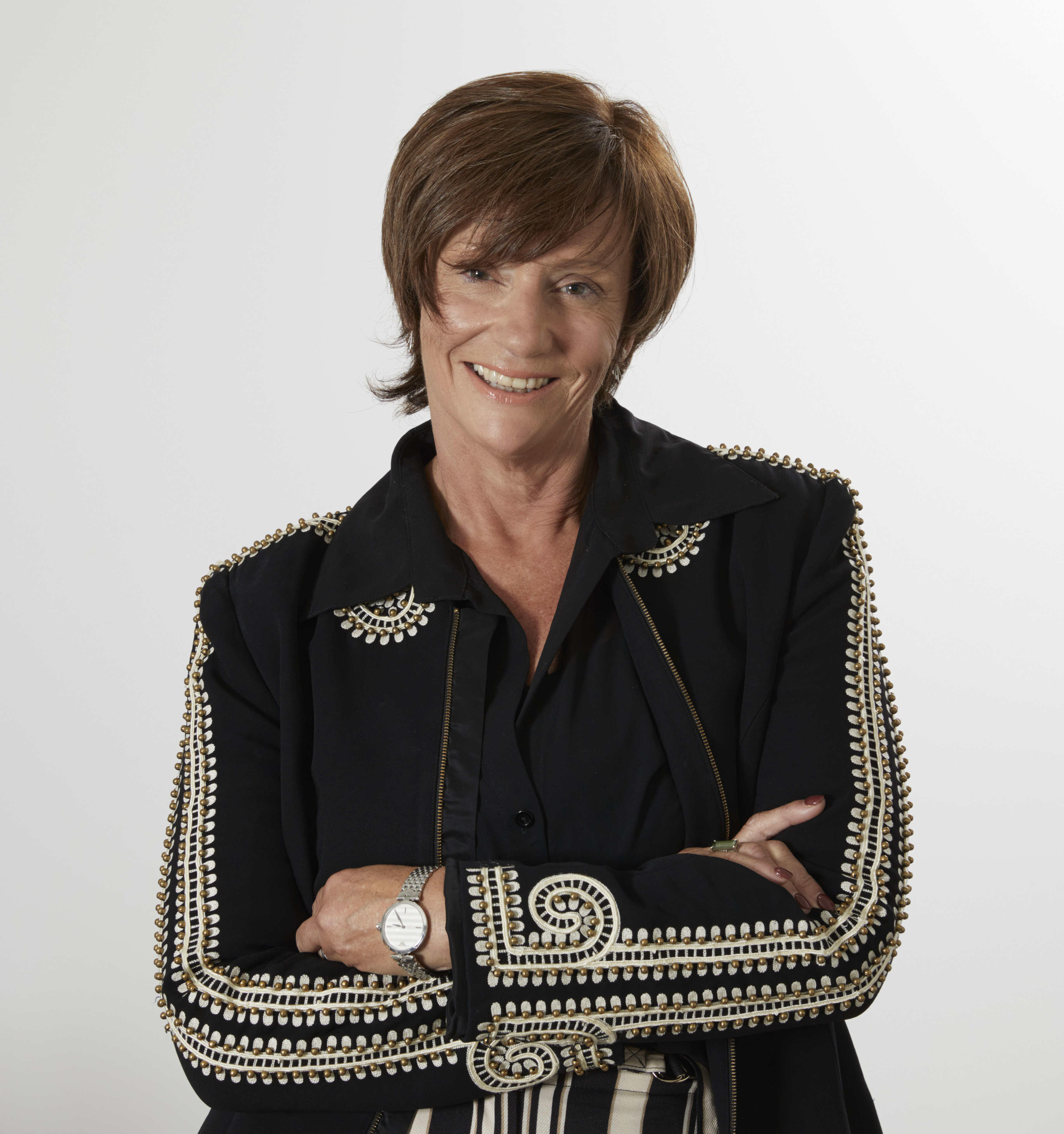 Michelle Pratt
Michelle Pratt